A set of playdough mats where students write and form letters in playdough.
Print and laminate the pages to make them reusable.
Supply your students with playdough to fill the outline of the word and washable markers to trace the word.
Updated: 30 Jun 2023
A set of playdough mats where students write and form letters in playdough.
Non-Editable: PDF
Pages: 26 Pages
Years: P - F
Tag #TeachStarter on Instagram for a chance to be featured!
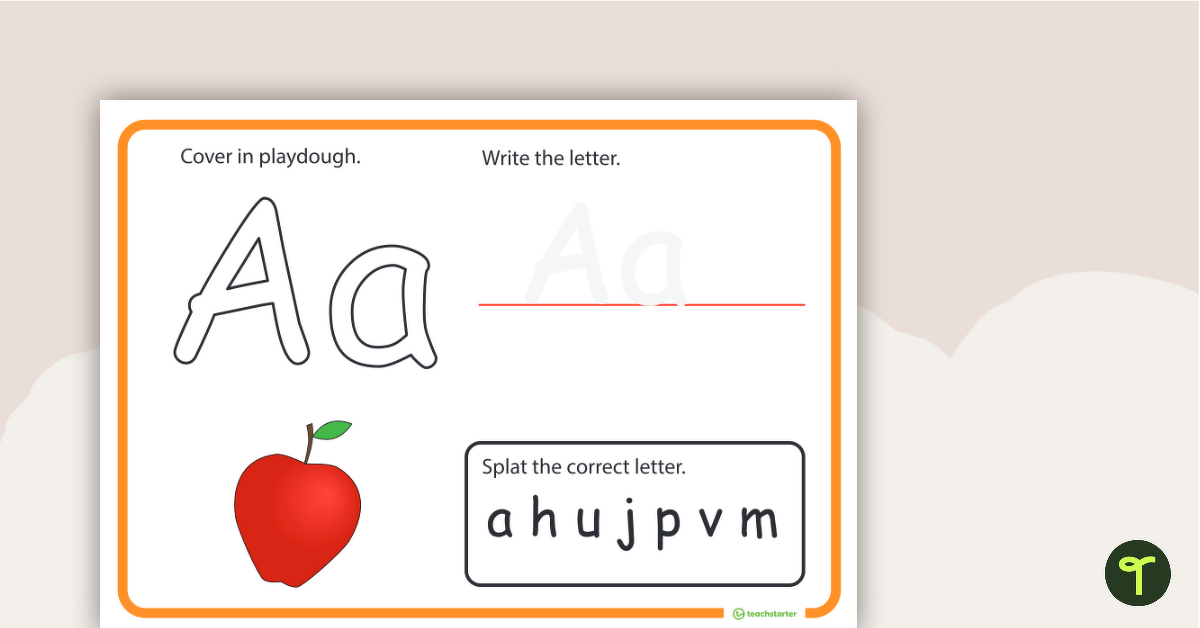
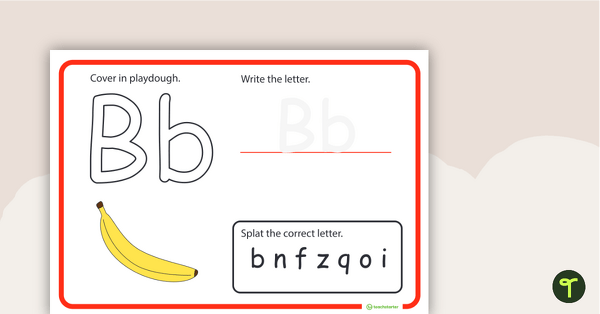
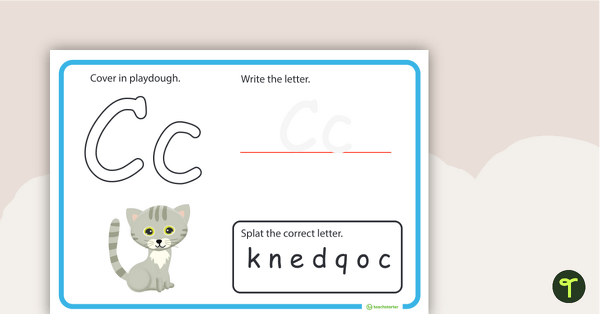
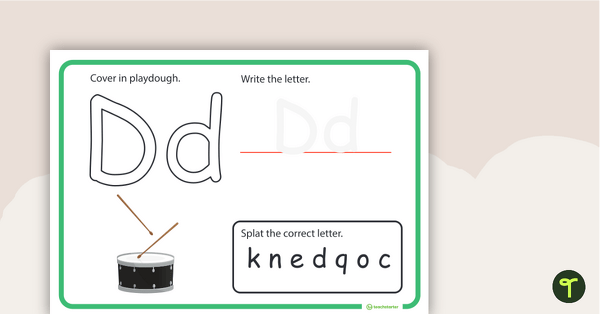

A set of playdough mats where students write and form letters in playdough.
Print and laminate the pages to make them reusable.
Supply your students with playdough to fill the outline of the word and washable markers to trace the word.

We create premium quality, downloadable teaching resources for primary/elementary school teachers that make classrooms buzz!
Write a review to help other teachers and parents like yourself. If you'd like to request a change to this resource, or report an error, select the corresponding tab above.
Added the missing lower case 'h' to the Comic Sans version of this resource.
Fixed an error on the "H h" Comic Sans resource.
Would you like something changed or customised on this resource? While our team makes every effort to complete change suggestions, we can't guarantee that every change will be completed.
Did you spot an error on this resource? Please let us know and we will fix it shortly.
Are you having trouble downloading or viewing this resource? Please try the following steps:
If you are still having difficulty, please visit the Teach Starter Help Desk or contact us .
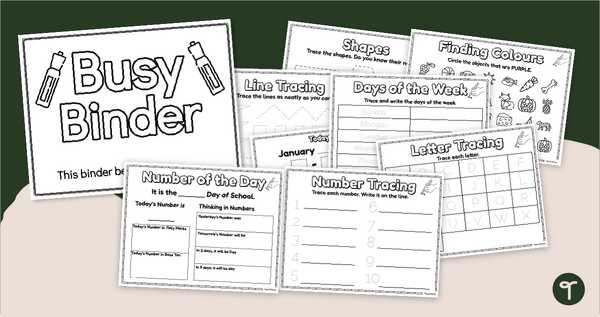
Review daily calendar, maths, literacy, and fine motor skills with a printable morning work pages for kindergarten!

Display the alphabet in your classroom using a Caterpillar Alphabet Line.

Build letter recognition skills and add Christmas spirit to your literacy centres with a Letter Matching Christmas Game.
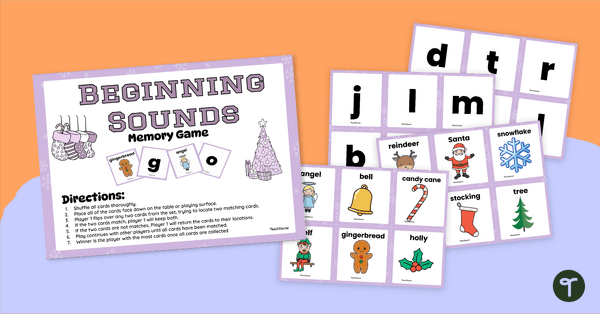
Have fun matching Christmas words with their beginning sounds using a printable Christmas Literacy Memory Game.
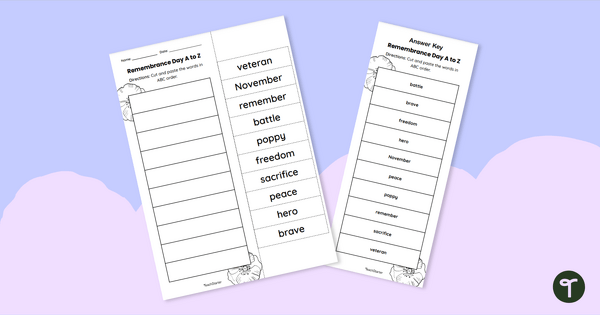
Support your students in reviewing the vocabulary and concepts surrounding the Remembrance Day holiday with an alphabetical order worksheet.
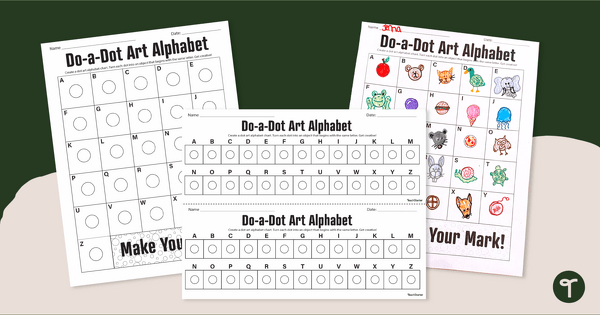
Design a Dot Day Alphabet Chart with a pair of fun “Finish the Drawing” worksheets.
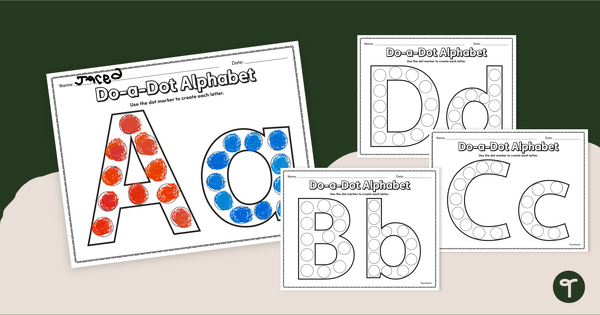
Build fine motor skills and letter recognition with a fun set of Alphabet Do-a-Dot printables.
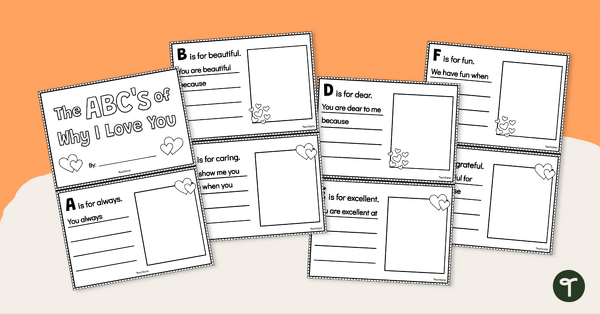
Show someone special how much they mean by creating this lovely mini-book.
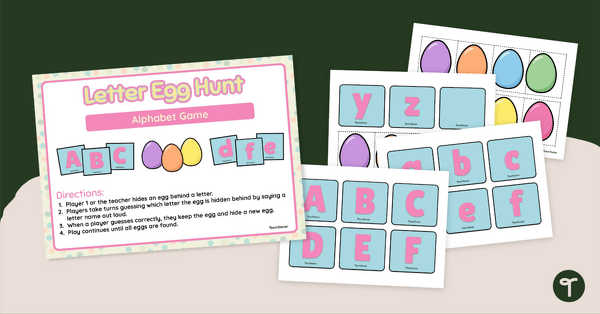
Practise letter recognition with this Easter egg alphabet hunt activity.
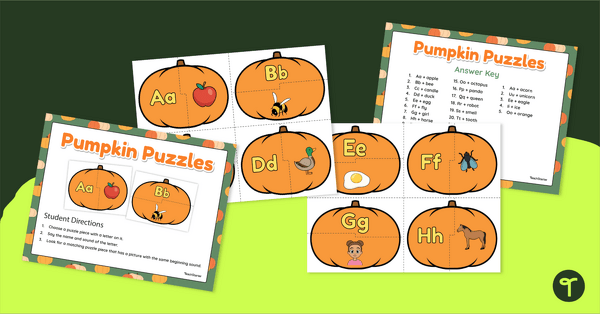
Pick up letter-sound correspondence with a pumpkin picture puzzle matching activity.
I cant seem to find the 'NSW Pre-cursive' mat?
Hi Shell, I have added NSW Pre-cursive to this resource for you. Thanks very much, Errol
I can't wait to use these with my class!